If you are planning a trip to Nagoya or have just arrived, and you’re now wondering about the best way to explore the city (or simply how to get to your hotel efficiently), this post is for you.
It outlines all possible modes of transportation in Nagoya, as well as your options for exploring the surrounding areas outside of the city.
This guide includes multiple tips that can save you a lot of money, so we suggest you read it carefully.
Article Contents
How to Get Around the City?
For travel inside the city limits, you have almost unlimited budget-friendly options. Choose the mode of transportation that seems best for you. And when in doubt, ask Google Maps. It usually provides a good answer on how to get from point A to B.
Explore Nagoya on Foot!
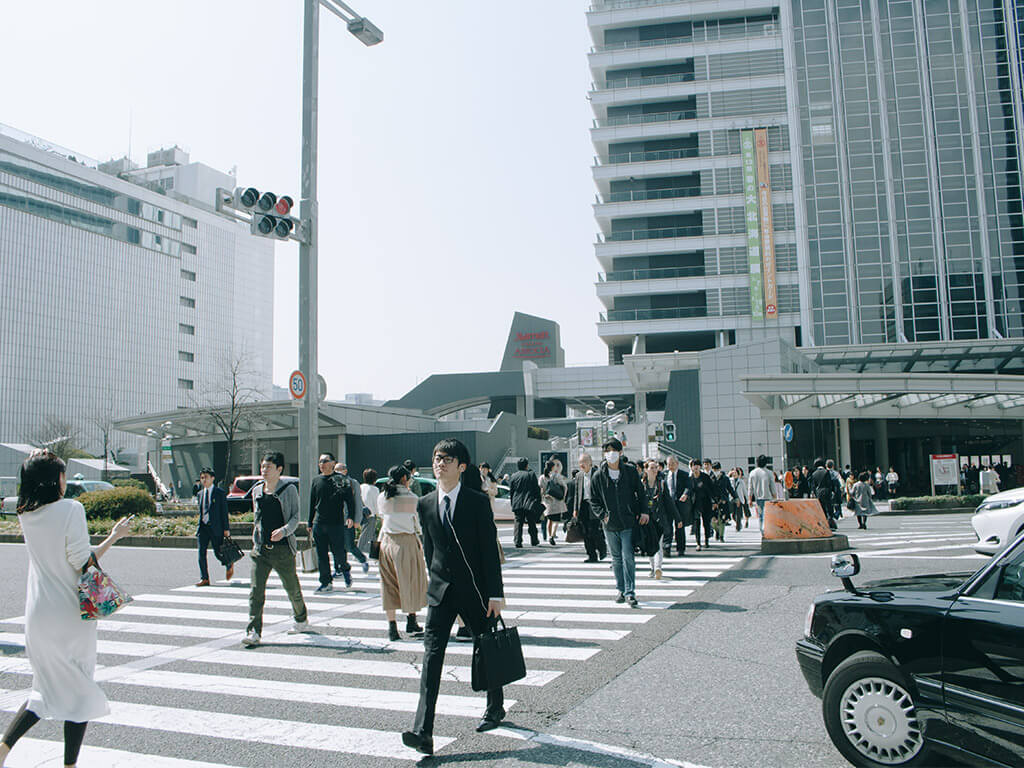
The center of Nagoya, with many of the exciting sights, isn’t as spread out as you might think. If you have a knack for walking and find enjoyment in it, you can easily reach many places by simply strolling between them.
This is, of course, the cheapest option… as long as you don’t have to get a foot massage at the end of the day because your feet are tired from walking.
To give you an idea of distances, here are a couple of examples:
From Nagoya Station, it takes about 15 minutes to walk to the Toyota Commemorative Museum of Industry and Technology, covering a distance of 1.3 kilometers (0.8 miles). Noritake Garden is also along the way and is worth a visit.
Do you love industry and technology-related museums? Read this post!
You can also walk to Sakae, the downtown area of Nagoya, which is a 30-minute walk from Nagoya Station (covering 2.2 kilometers or 1.3 miles). Along the way, you’ll pass through business and nightlife districts. Sometimes, exploring your surroundings on foot is half the fun.
Rent a Bicycle and See More of the City in Less Time
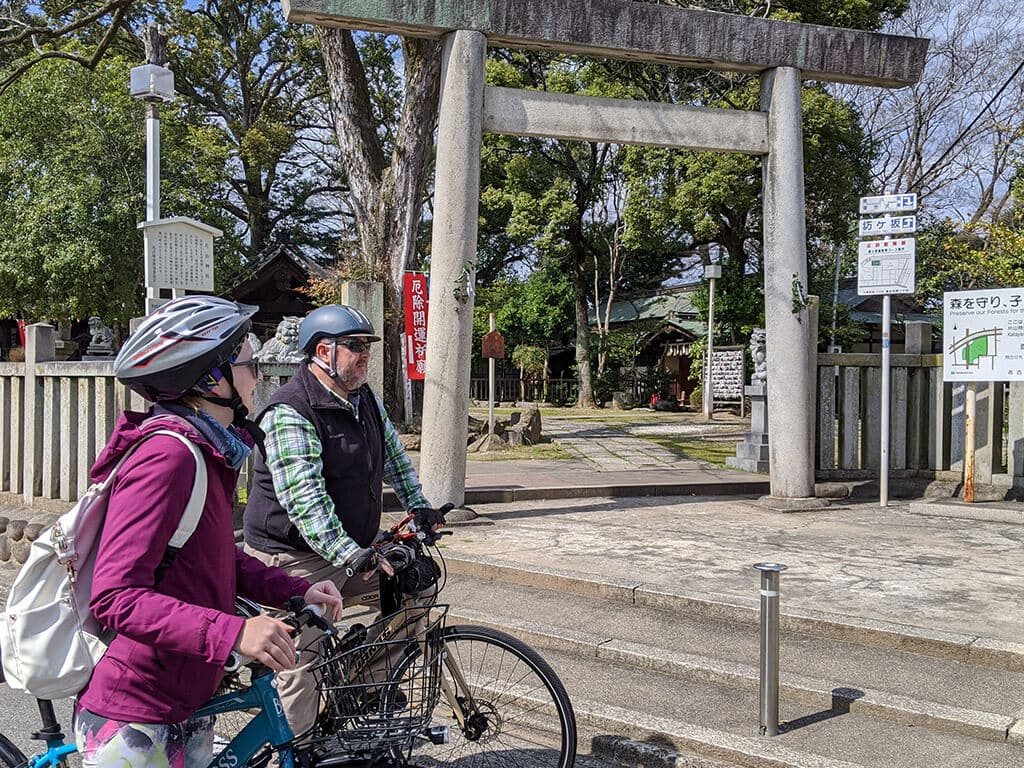
Getting around on a bicycle might just be the most convenient option. We understand that for many people, 2.2 kilometers of walking might seem like quite a distance, but by bicycle, you will arrive within just a couple of minutes.
Nagoya is also mostly flat making it the perfect place to get around by bicycle.
Some hotels and hostels in Nagoya offer bicycle rentals to their guests for free or for a reasonably cheap fee. It’s best to inquire at the time of booking. If the hotel doesn’t offer bicycle rental, the staff might know a place where you can rent one instead.
Or you can try checking out the following rental options:
One bicycle rental service that can be found to the west of Nagoya Station is Rentalin Nagoya. Although they don’t have an English website, you could ask your hotel to assist you in making a reservation. Rentalin offers a bicycle delivery service that is very convenient, and their price for a standard city bicycle is only 1,500 yen, with an additional 500 yen for extra days.
As in other cities, multiple companies offer bicycle rentals at locations all over the center of Nagoya. Some examples are Derachari, Cariteco Bike, and Charichari. Unfortunately, their websites and apps are in Japanese only and we believe it is very hard to sign up to and use these services without being able to read Japanese.
Make sure to park your bicycle only in places where it is permitted to do so. In some cases, bicycle parking costs 100 yen per day, while in other places it is free. If you park somewhere where it is not permitted, you run the risk of your bicycle being confiscated.
Getting Around the City via Taxi: Probably the Most Expensive Option to Explore Nagoya
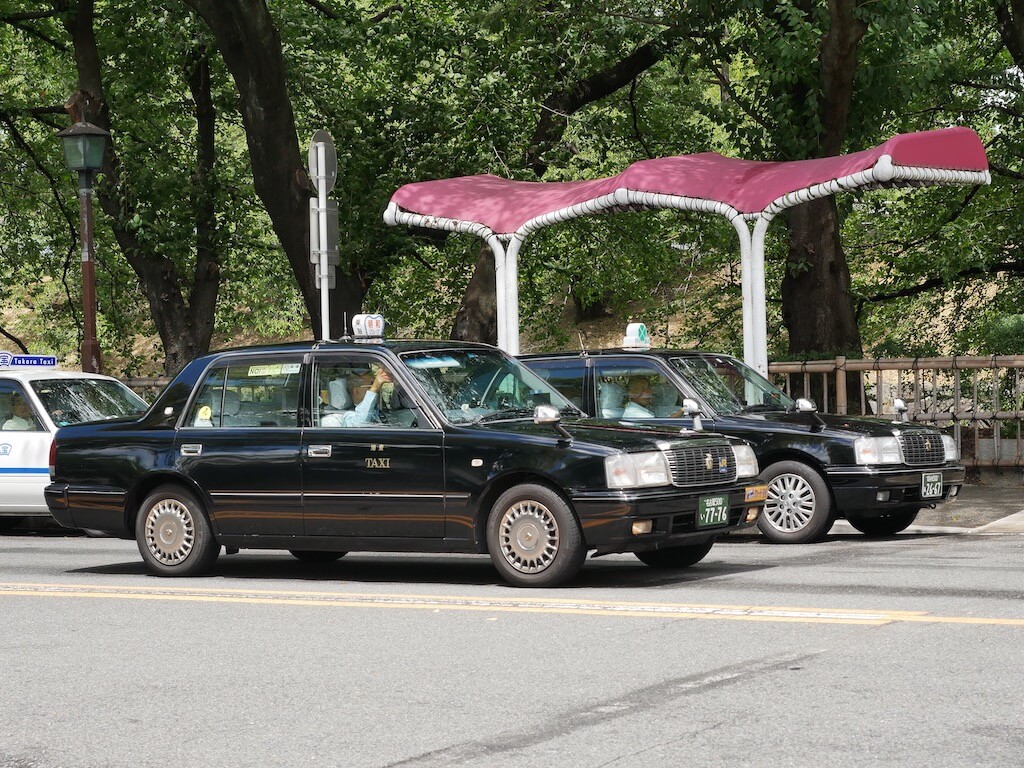
Taxis are another convenient way to get around Nagoya, especially popular with business people because time is money, and a taxi is, in many cases, the fastest option to navigate the city.
However, it is not a cheap option. In fact, it is probably the most expensive one on this list.
There are multiple taxi companies in Nagoya, but they all have similar pricing. For a trip that is less than 1.2 kilometers (0.7 miles), you pay a flat fee of around 480 yen for a normal-sized taxi. After that, every 276 meters (885 feet) costs an additional 80 yen. Most taxi companies charge a 20% surcharge between 10 p.m. and 5 a.m.
At most major stations such as Nagoya Station or Kanayama Station, you will find a taxi stand at the entrance. In other places, you can also hail taxis on the street. You want to look for taxis with the sign reading ‘空車’ which means this taxi is not currently transporting a customer. The sign will be lit up in red. Flag it down by raising your hand and it will stop at a safe location. If you see a green light reading ‘満車’ it means the taxi is currently transporting a passenger.
Taxi doors in Japan usually open and close automatically, so you don’t have to do that yourself.
You can pay with cash or a credit card for most taxis, and you also have the option to use your IC Card, such as Pasmo, Suica, or Manaca. Just to be sure that a credit card is acceptable, check with your driver at the start of your ride.
Most taxi drivers in Nagoya don’t speak English, so it helps if you have your destination’s name or address written down.
Take the Nagoya City Bus to See More of the City
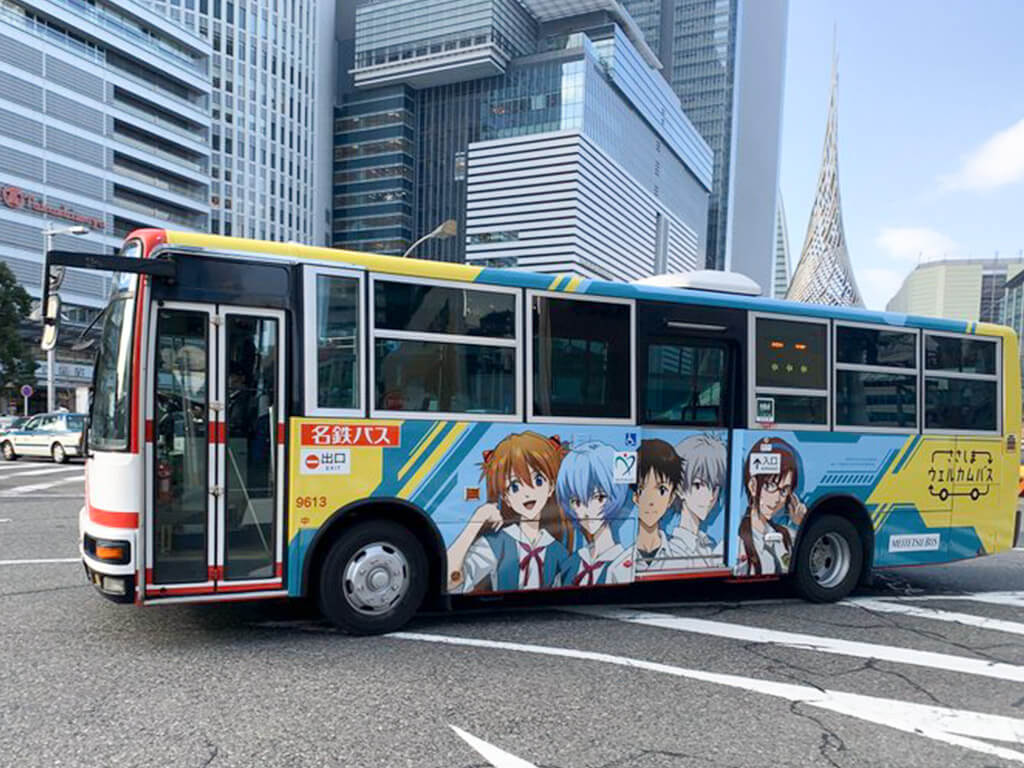
The city bus network reaches all parts of Nagoya City, with the two largest bus terminals at Nagoya Station and Sakae Station (Oasis 21). Smaller bus stops can be found throughout the city.
A single ride on all buses within the city costs a flat rate of 210 yen. In Nagoya, you board the bus from the front and pay the amount when boarding. You can either pay in cash (drop the exact change in the box) or use your IC card (by touching it to the reader next to the driver).
In addition to city buses, Meitetsu also operates a bus fleet that can be convenient for travel within the city and to destinations outside. The Meitetsu Bus Terminal is located between Meitetsu and Kintetsu Nagoya Station.
Buses in Nagoya can be confusing, and while they are inexpensive to use, they are often not very tourist-friendly. It can be difficult to find the right bus stop and bus without knowing Japanese. Google Maps can help, but sometimes it’s not enough.
Explore the City Like a Tourist by Riding the Meguru Sightseeing Route Bus
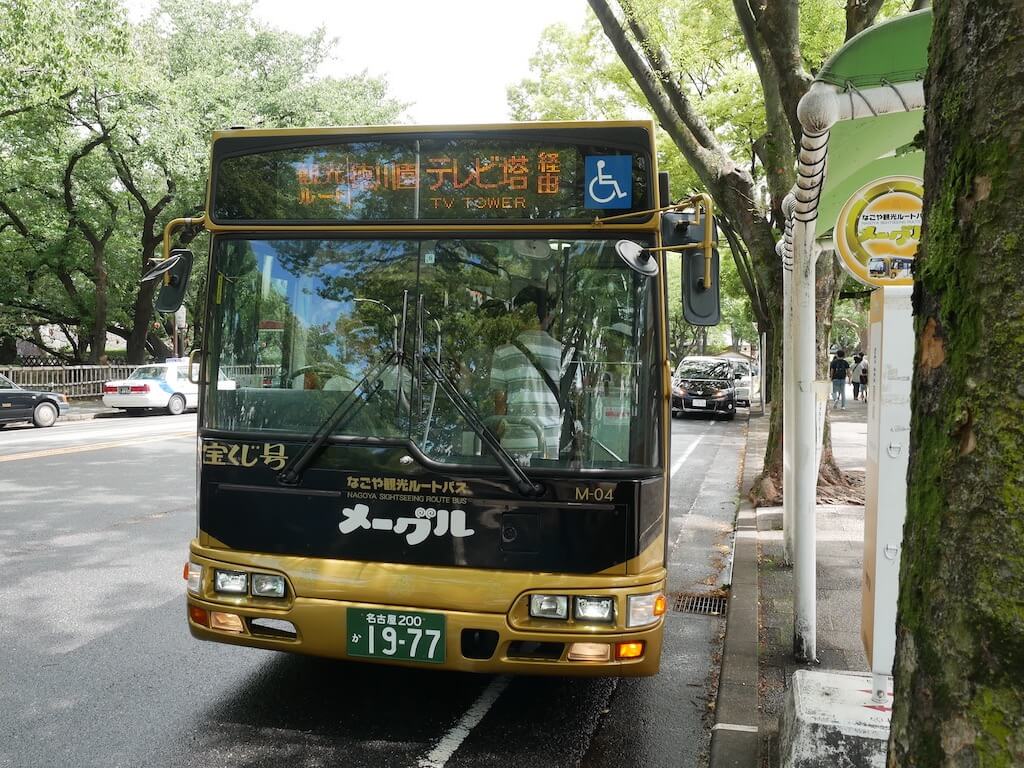
One bus that is very tourist-friendly is the Me~guru Sightseeing Route Bus. It passes some of Nagoya’s best sights including the Toyota Commemorative Museum of Industry and Technology, Nagoya Castle, and the Tokugawa Art Museum and Garden. It also passes through Sakae and along lesser-known spots in Nagoya.
If you love Japanese Gardens like Tokugawa Garden, read this post for a list of gardens and parks in Nagoya.
A single ride costs 210 yen, and a day pass just for this sightseeing bus costs 500 yen. Many attractions and restaurants along the route offer amazing discounts to holders of this day ticket, which makes it a very economical option.
Since most museums in Nagoya are closed on Mondays, the Meguru Bus only runs from Tuesdays to Sundays. On weekdays buses leave every 30 to 60 minutes, and on weekends and holidays every 20 to 30 minutes.
You can buy your ticket on the bus from the bus driver, or at the bus stop at Nagoya Bus Terminal.
Do It Like the Locals, and Ride the Subway in Nagoya
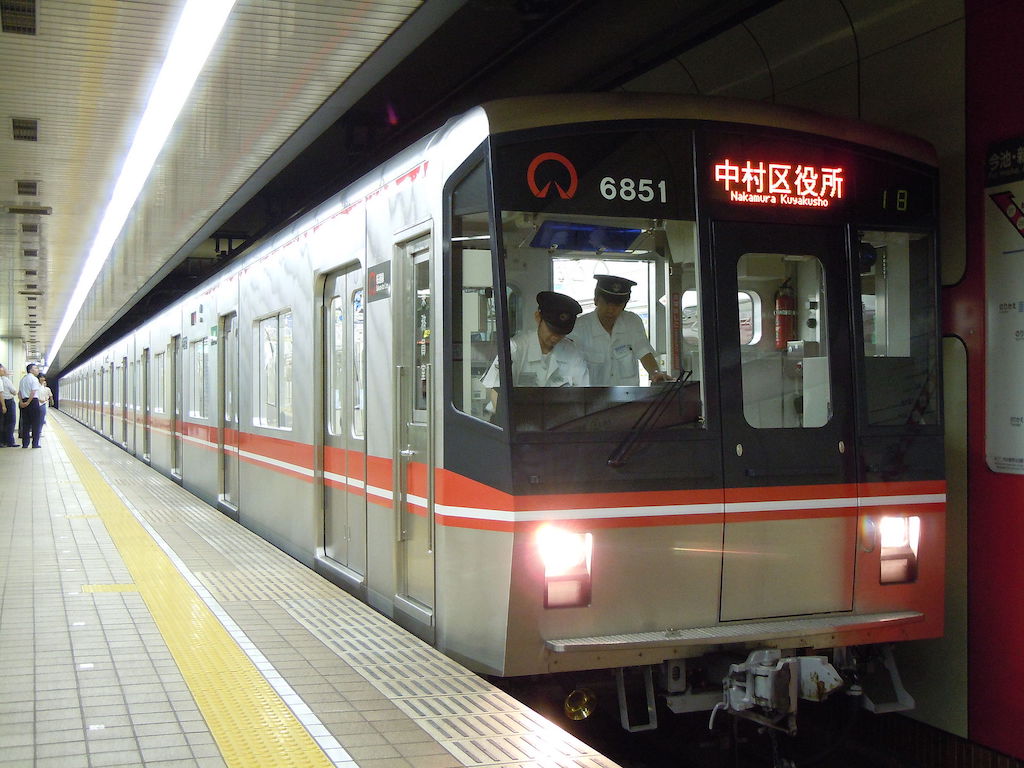
Subways might just be the most convenient and easiest way to get around Nagoya. There are 6 subway lines: Higashiyama Line (yellow), Sakuradori Line (red), Meijo Line and Meiko Line (purple), Tsurumai Line (blue), and Kamiida Line (pink).
Meijo Line is a loop connecting all the other lines, and there are many options to transfer between the lines to get to your destination as quickly as possible.
Depending on the distance a one-way fare costs between 210 and 340 yen. Transfers between subway lines are counted as one trip. Compared to prices in Tokyo, the Nagoya subway system is a bit expensive.

Buying your one-time-use ticket at the ticket machine is not hard, since most newer machines can be switched to English. On the board above the machine check the station you want to go to. Displayed below the station name is the price it costs to get there. Select the right amount on the display and press the buttons on the left side to select the number of passengers. Insert your money and you will get your ticket and change.
Pass the ticket through the ticket gate when entering the station. Hold on to your ticket and insert it into the ticket gate at your destination. The one-time ticket slip will not be ejected again once you have arrived at your destination.
Other Train Lines in Nagoya You Might Want to Use
Apart from the subway system, Nagoya has two additional train lines that are operated by different companies.
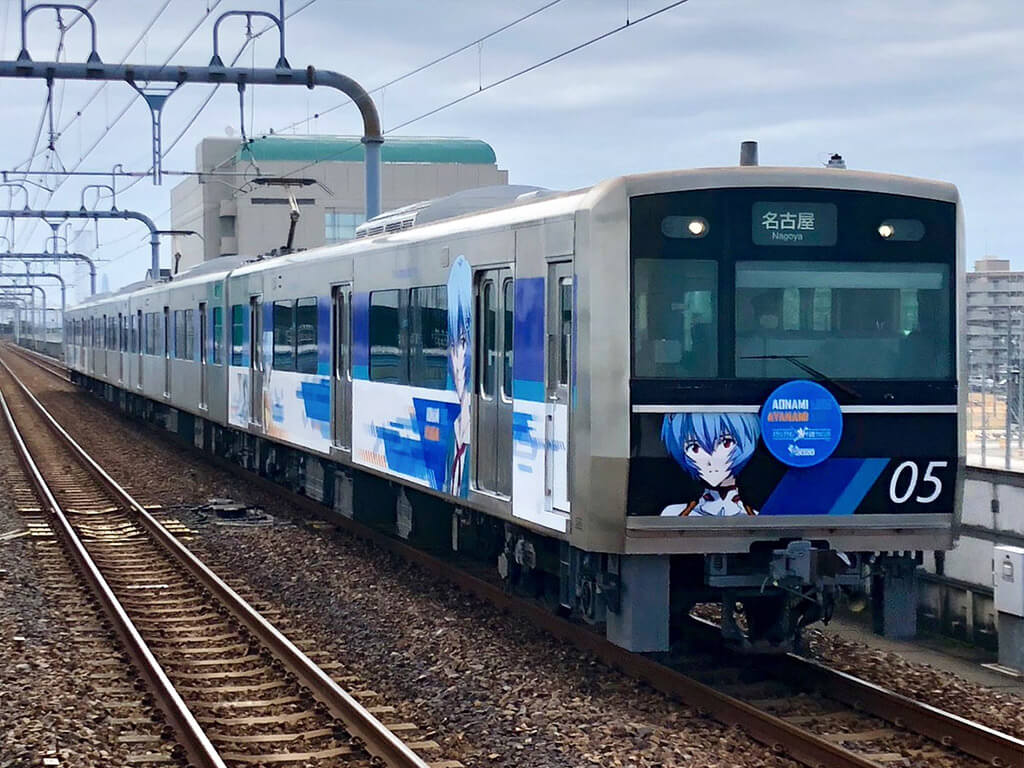
The Aonami Line runs between Nagoya Station and Kinjo-Futo Station where Legoland Japan, SCMaglev Rail Park, and Sealife are located. The whole line is 15 kilometers long and it takes 24 minutes to go from one end to the other. The cheapest fare is 200 yen, while the full journey costs 350 yen.
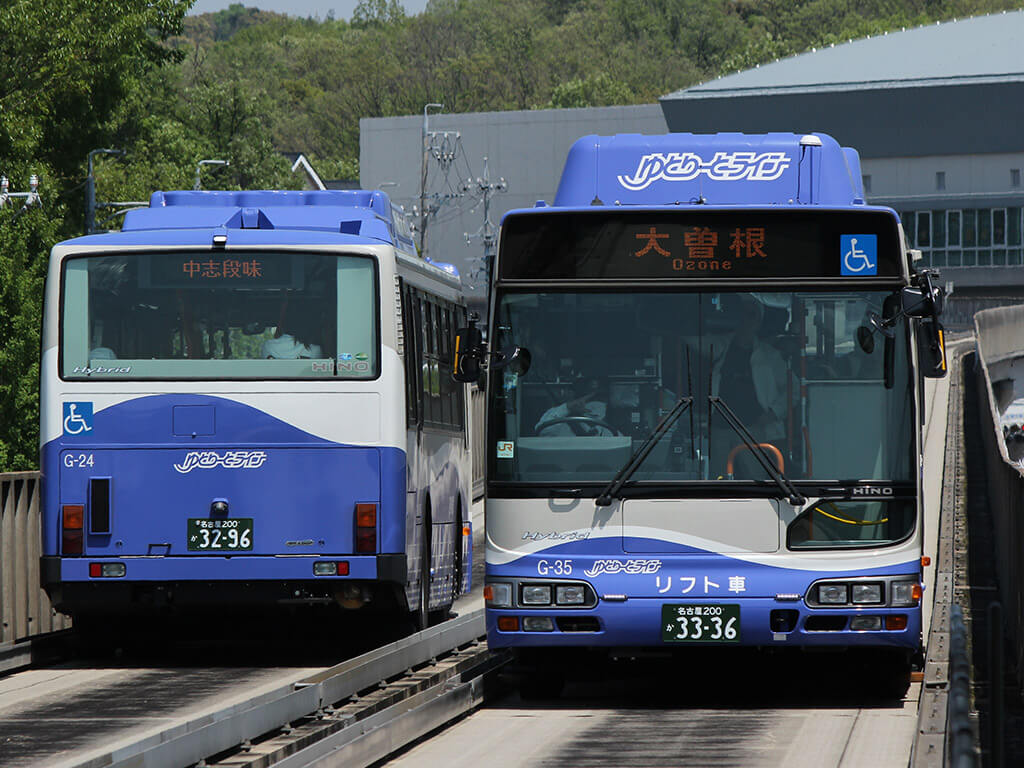
The Yutorito Line runs from Ozone Station to Nakashidami/Kozoji. What makes this line interesting is that it operates as a bus route with a guideway system on elevated tracks in the city center, while functioning as a regular bus in less congested areas.
To ride the Yutorito Line, enter the bus at the rear and take a ticket. When exiting the bus at the front, pay your bus fare. If you’re using an IC card, touch it both when boarding and when getting off the bus. The one-way fare ranges from 200 to 440 yen.
Money-Saving Day Tickets for Subways and Buses in Nagoya
Besides the individual one-time tickets, there are also convenient one-day and 24-hour tickets available for the subway and buses in Nagoya.
If you plan on riding the bus or subway more than 2 to 4 times, it already makes sense to purchase a day ticket (depending on the specific ticket and price per ride).
| Ticket | Adult Fare (Yen) | Child Fare (Yen) | Subway | Bus | Meguru Bus | Days |
|---|---|---|---|---|---|---|
| Shoryudo Nagoya 1-Day Ticket | 620 | – | yes | yes | yes | Everyday |
| Weekend Eco Ticket | 620 | 310 | yes | yes | yes | Weekend Public holiday 8th day of the month |
| Bus & Subway 1-Day Ticket | 870 | 430 | yes | yes | yes | Everyday |
| Nagoya Subway 24-Hour Ticket | 760 | 380 | yes | no | no | Everyday |
| Bus 1-Day Ticket | 620 | 310 | no | yes | yes | Everyday |
| Meguru Sightseeing Bus 1-Day Ticket | 500 | 250 | no | no | yes | Tuesday to Sunday |
The best option for tourists on a temporary visitor visa is the SHORYUDO Nagoya Subway & Bus 1-Day Ticket. It costs 620 yen and with it, you can use all subways, buses, and the Meguru Sightseeing Bus. You can use this ticket every day of the week and it is cheaper than all the other options.
The downsides are the lack of discounted tickets for children and the requirement to buy them at specific locations.
Find the list of locations here.

If you happen to be in Nagoya on a weekend, public holiday, or the 8th day of the month you can purchase a Weekend Eco Ticket (Donichi Eco Kippu) for 620 yen. A ticket for children is available and it costs 310 yen. With this ticket, you can use subways, buses, and the Meguru bus for 1 day. Tickets can be purchased using the subway ticket machines.
The standard Bus and Subway 1-Day Ticket, which can be used any day of the week, costs 870 yen for adults and 430 yen for children. It’s advisable to opt for this ticket for your child if you’re using a Shoryudo Nagoya Subway & Bus 1-Day Ticket, or if you’re unable to access one of the sales locations for the Shoryudo ticket. This ticket is economically viable only if you take more than 3-4 rides in one day, depending on the cost per ride.
If you plan on using only the subway, there’s a 24-hour Subway Ticket available for 760 yen. One advantage is that if you activate it in the afternoon, you can use it until the same time the next day. You can purchase it at subway ticket machines.
For bus rides only, a 620 yen Bus 1-day Ticket can be purchased on all city buses and the Meguru Sightseeing Bus.
As mentioned above, the 1-day ticket for the Meguru Sightseeing Bus costs 500 yen and can be used only on the Meguru buses. Tickets can be purchased from the bus driver.
Get a Convenient IC Card for Your Time in Japan
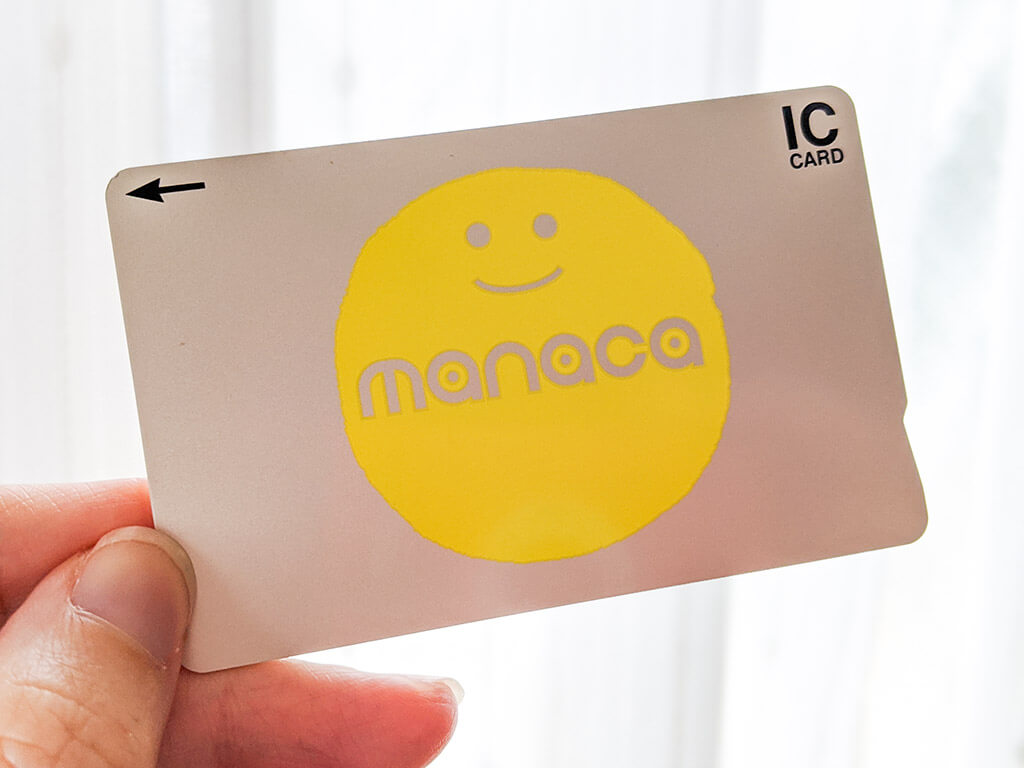
Besides the standard one-time-use tickets and the above-mentioned day tickets, your third option is an IC Card.
IC Cards are the size of a credit card. They can be topped up with money and then used to pay for train or bus rides by tapping the card on the sensor. The sensor for subways and other trains is at the ticket gate when entering and exiting the station. You need to touch your card both times. When paying for your bus, you only need to touch the card to the sensor when boarding the bus.
You can view your current balance on the display every time it touches a sensor or when you insert your card into a ticket machine. Recharging can be done at ticket machines outside the ticket gates or at recharging machines inside the subway gates.
Additionally, your IC Card is convenient for making purchases at convenience stores and some vending machines.
The local IC Cards of Nagoya are called Manaca (operated by Meitetsu and Kintetsu) and Toica (operated by Japan Rail). They can be used for all trains and buses in Nagoya and other cities in Japan. Purchase your IC Card at ticket machines of either Meitetsu, Kintetsu, or JR stations in Nagoya.
You can also use cards from other cities, such as Tokyo’s Pasmo or Suica, or Osaka’s Icoca, in Nagoya without any issues.

Transportation Options to Explore the Area Around Nagoya
Now that you know all the possibilities for traveling within the city limits of Nagoya, it’s time to talk about the major train operators connecting Nagoya with nearby (and not-so-nearby) cities.
Nagoya is not only a great place due to its own attractions, but also because it serves as a convenient hub for exploring central Japan and other destinations in Honshu.
The Best Option to Explore All of Aichi Prefecture: Meitetsu Railways
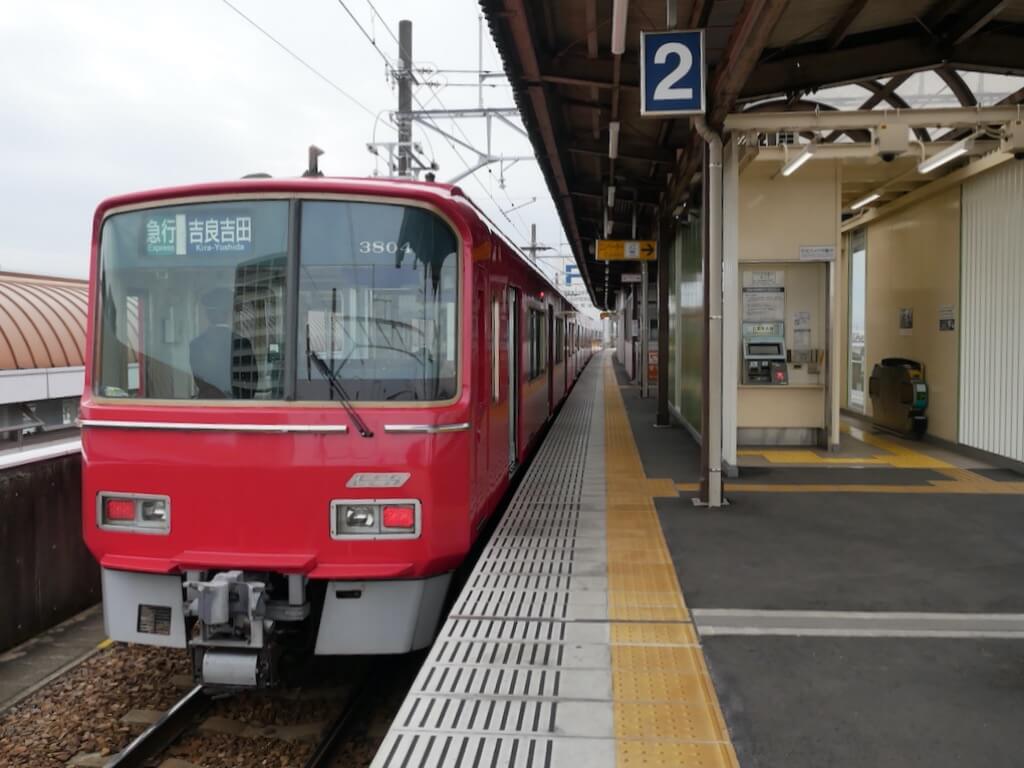
Meitetsu trains connect Nagoya with its suburbs and the surrounding cities. It primarily operates in Aichi and Gifu Prefectures, providing not only an extensive train network but also a bus terminal with city and highway buses in Nagoya.
The major train stations for this line in Nagoya are Meitetsu Nagoya Station, located next to JR Nagoya Station, and Kanayama Station.
Most tourists use Meitetsu to travel between Nagoya Station and Nagoya’s Central Japan International Airport, as it is the most convenient option. If you want to make it even more convenient and reduce any stress upon arrival you can pre-buy your train tickets here and secure yourself a hassle-free transfer from the airport to the city.
For more info about Central Japan International Airport read this post next.
Other Meitetsu trains go to Inuyama, Nishio, and Toyota, all of which are amazing day trip options.
Want to Go Further Afield? Use Kintetsu Railways
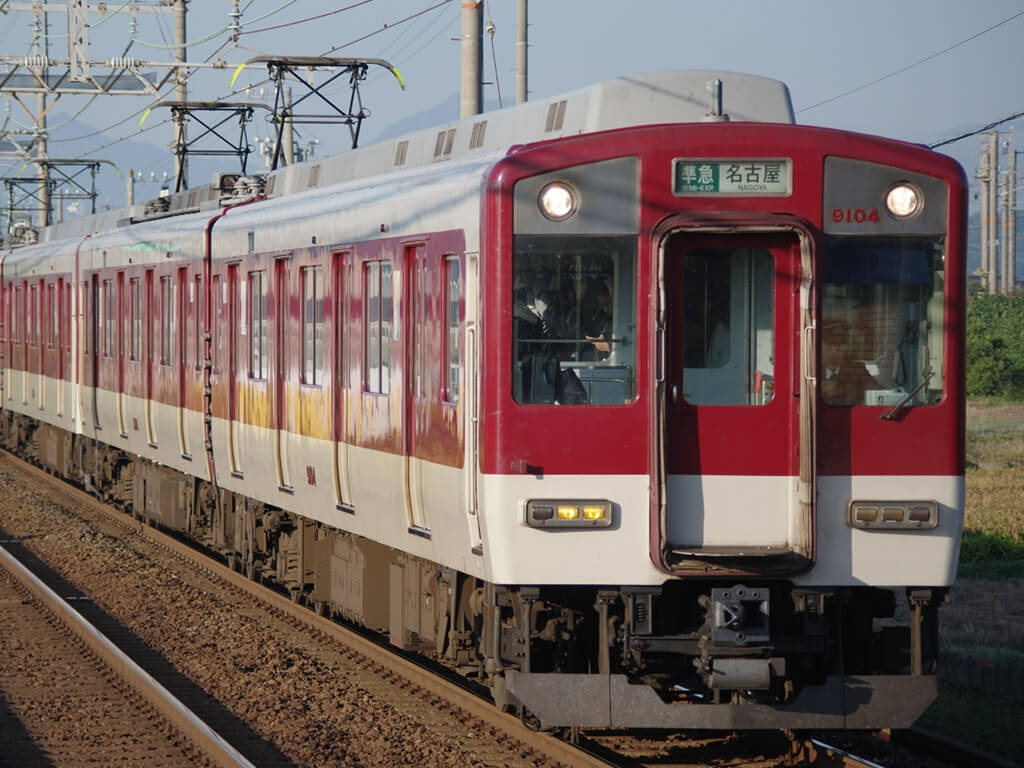
Kintetsu, located at Kintetsu Nagoya Station right next to JR Nagoya Station, connects Nagoya with Ise and other cities in Mie Prefecture, as well as the Kansai region to the west, including Nara and Osaka.
Although this train isn’t an ideal choice for traveling within Nagoya, is definitely a convenient option for day trips or for an affordable trip to Kansai. Specially if you opt for a Kintetsu Rail Pass which will give you unlimited rides on the Kintetsu Railway and Nara Kotsu Bus Lines within your selected time frame (1, 2, or 5-day passes available). This means you could visit destinations such as Nara, Kyoto, Osaka, and Mie from Nagoya all for the same price. Check prices and buy your pass here.
Use JR, the Biggest Railway Company in Japan to Explore the Whole Country From Nagoya
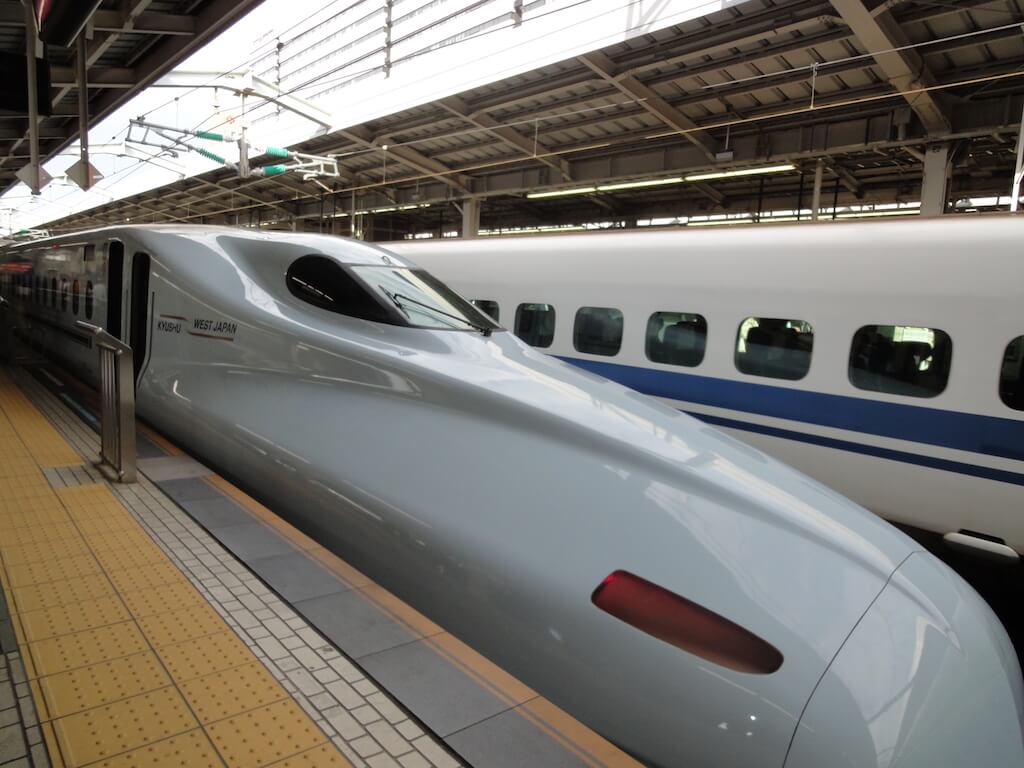
Japan Rail, often abbreviated as JR, is the largest railway company in Japan, connecting Nagoya via the Tokaido Shinkansen with Tokyo, Kyoto, Osaka, and many other cities.
Other lines passing through Nagoya include the Tokaido Main Line, the Chuo Line which extends to the Kiso Valley and Nagano, the Kansai Line heading towards Ise, and the Takayama Line to Takayama.
While JR Lines are very convenient for day trips from Nagoya, they are not the most efficient option for travel within the city.
If you have a Japan Rail Pass, you can ride as many Japan Rail trains as you like during a set period. This is especially useful if you plan on traveling frequently between cities. You can check your options and buy your pass here.
Highway Buses Are a Great Option to Explore the Country From Nagoya
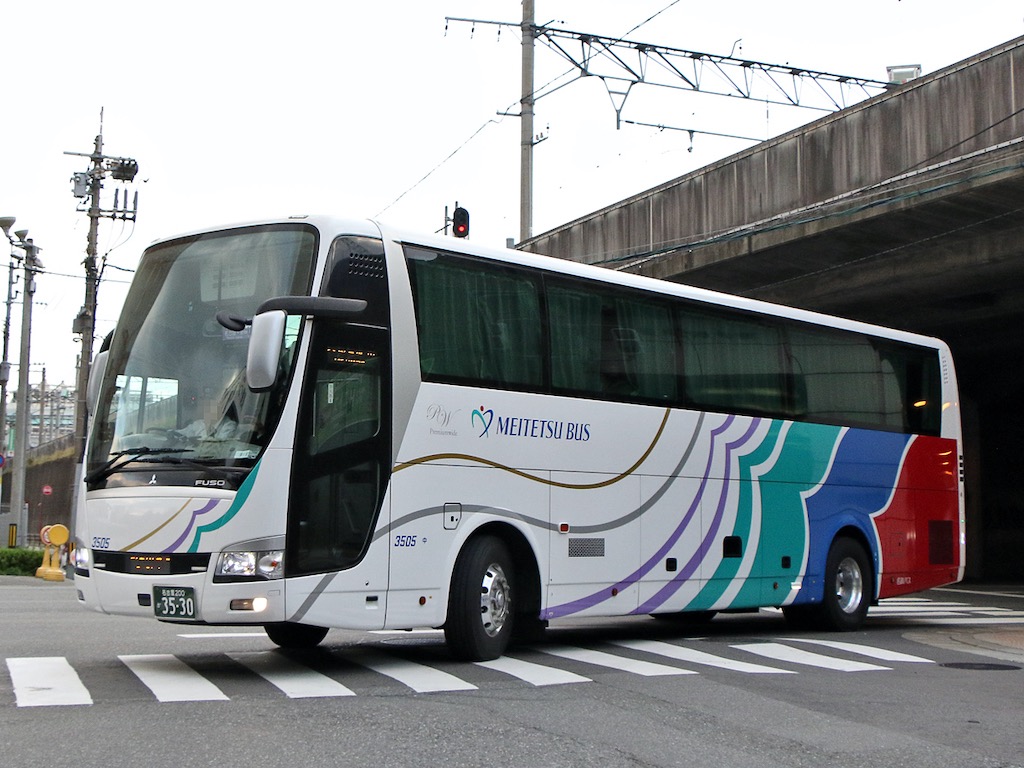
To reach other destinations in Japan from Nagoya, you have the option of taking highway buses instead of trains. The advantage is that they are usually cheaper than trains. The disadvantage is that they sometimes can take more than double the amount of time to reach their destination.
Buses also make it possible to reach some destinations that would otherwise require multiple transfers. For example, to get to the Fuji Five Lake Area, where Mount Fuji is located.
The major highway bus terminals in Nagoya are located around Nagoya Station. The Meitetsu Bus Terminal is situated between Meitetsu and Kintetsu Nagoya Stations on the east side, and the Nagoya Bus Terminal is on the west side of Nagoya Station. You can purchase your bus tickets online or at the ticket counter at the bus terminal to obtain them directly. Round-trip tickets are usually more economical than purchasing two one-way tickets.
And if you’re planning to explore Central Japan by bus or seeking the most budget-friendly option to visit Takayama, Shirakawago, and Kanazawa from Nagoya, the Shoryudo Bus Pass is your best bet. For 3 or 5 consecutive days, you can ride a selection of highway and local buses in the area. This pass is exclusively available to foreign visitors on a temporary visitor visa.
This post was last updated in October 2023.
Although we strive to provide you with the most accurate and up-to-date information possible, please note that changes may occur nonetheless. We recommend you confirm any relevant information such as event cancelations or changes, opening hours, or possible restrictions using a direct source. Please keep in mind that these sources might be in Japanese only.
Did you enjoy this article?
With all of this information in mind, you will be prepared to travel in and around Nagoya.
Make sure to also check out our other posts about Nagoya and trust us if we say Nagoya is not boring!
Be sure to follow us on Facebook for new articles every week, and see our Instagram for pictures and stories about Nagoya!
Tag us 📲
What’s your favorite mode of transportation in Nagoya? Please share it and tag us on social media with #nagoyaisnotboring

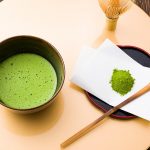





Hi Lena. This is Cynthia from the Philippines. Thanks for your article, it is very informative.
My sister & I are planning a trip to Nagoya on March 11-16, 2023 as her advance birthday gift to me as my birthday is on March 26.
We are both seniors & trying to find ways to keep our trip pleasurable and less complicated.
First, we wanted a guided tour same as what we had when we went to Osaka last 2019. We had a lady driver (freelance) who has a van & picked us up from our hotel (and return) to see Osaka’s tourist spots as well as Kyoto. That time we were 6 pax. This time it might just be me & my sister & it might turn out so expensive. I wonder how much it will cost us there in Nagoya for a package tour.
I’m also looking & finding out now more in details on how to use Me-guru Sightseeing Bus for our trip. I hope to learn it soon as we are just a month away from our planned trip. Need to also book our ticket and hotel asap.
Thank you and God bless you. More power.
Hi Cynthia, a tour with driver can get very expensive.
How about getting a guide and using public transport together with that guide, that might be cheaper.
The Me-guru Bus is a nice way to explore some of the sights in Nagoya, but using the subway in addition to the bus is more convenient.
You can buy a day ticket for the bus and the subway at the tourist information here in Nagoya. They will be able to help you in English.
Hi Lena, thank you for informative article. I am Sandy from Singapore.
I am planning for my trip to Nagoya next year and I am using Google to check the routes to take from one point to another. Unfortunately, Google does not indicate whether the route involves the subway or train.
May I know whether the Shoryudo Subway & Bus 1-day ticket covers rides on trains as well or strictly on the subway? Thank you!
Hi Cynthia,
this is Elisabeth, from Nagoya is not boring.
sorry for keeping you waiting so long.
Can you tell me from where are you accessing Nabana no Sato? From Nagoya station, there is a direct bus (50 min.). The alternative is to take the Kintetsu train to Kuwana station and transfer to a Suttle bus to Nabana no Sato (40 min.)
thank you for your information … so far i’ve not been able to find any information about the “through” lines, which combine the subway line with the meitetsu line … for example the tsumurai line connects directly to the meitetsu-toyota line … and according to google i do not need to change train and can continue to ride in the same train … do i need to pay two separate fares or does one fare cover all? also, would i be able to use the one day pass for this combined line and perhaps just pay extra for the meitetsu part of the ride?
Fares may require separate payments unless specified as a combined ticket. For using a one-day pass, it generally covers only the subway portion, and you’d likely need to pay extra for the Meitetsu segment.